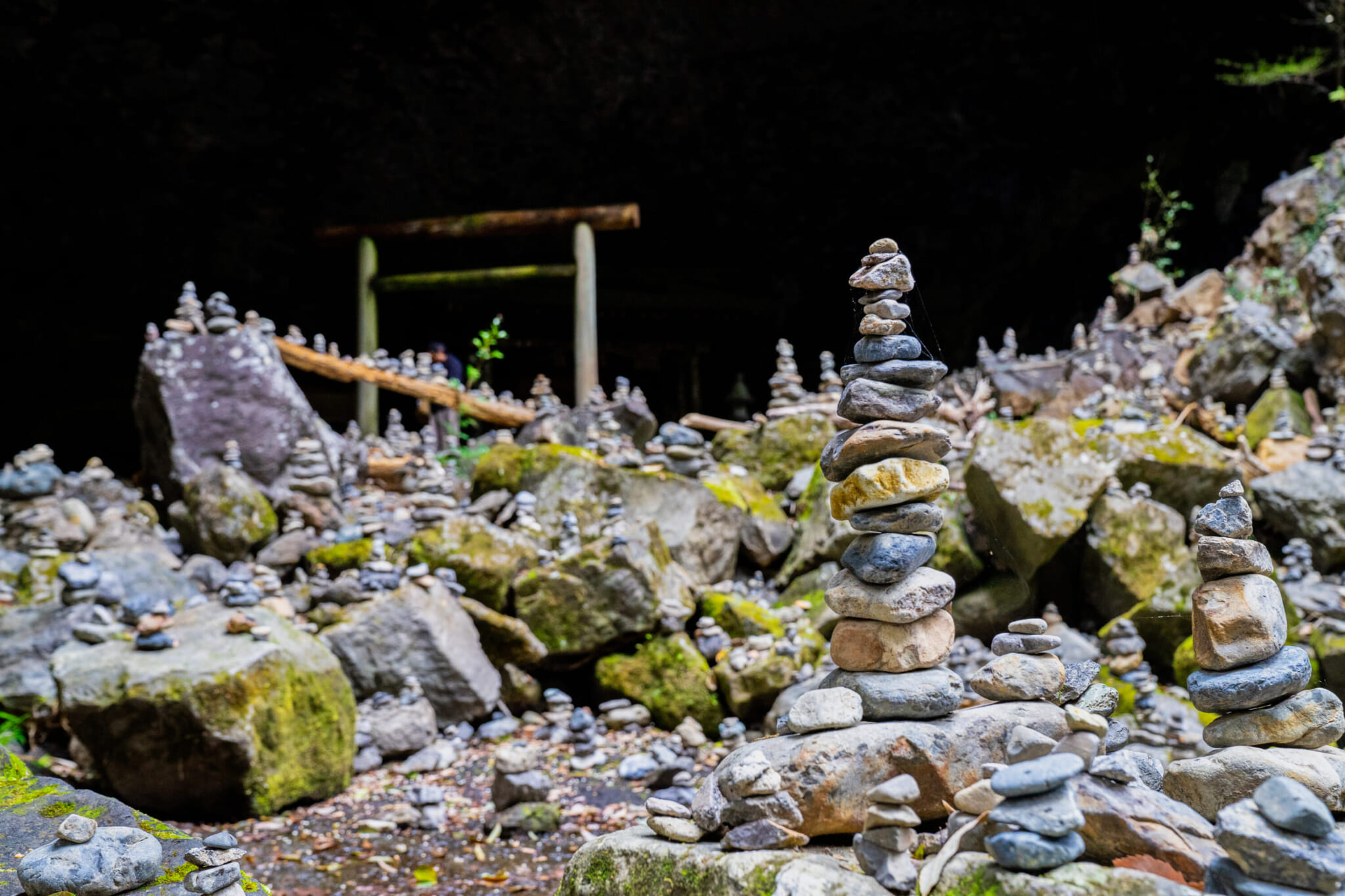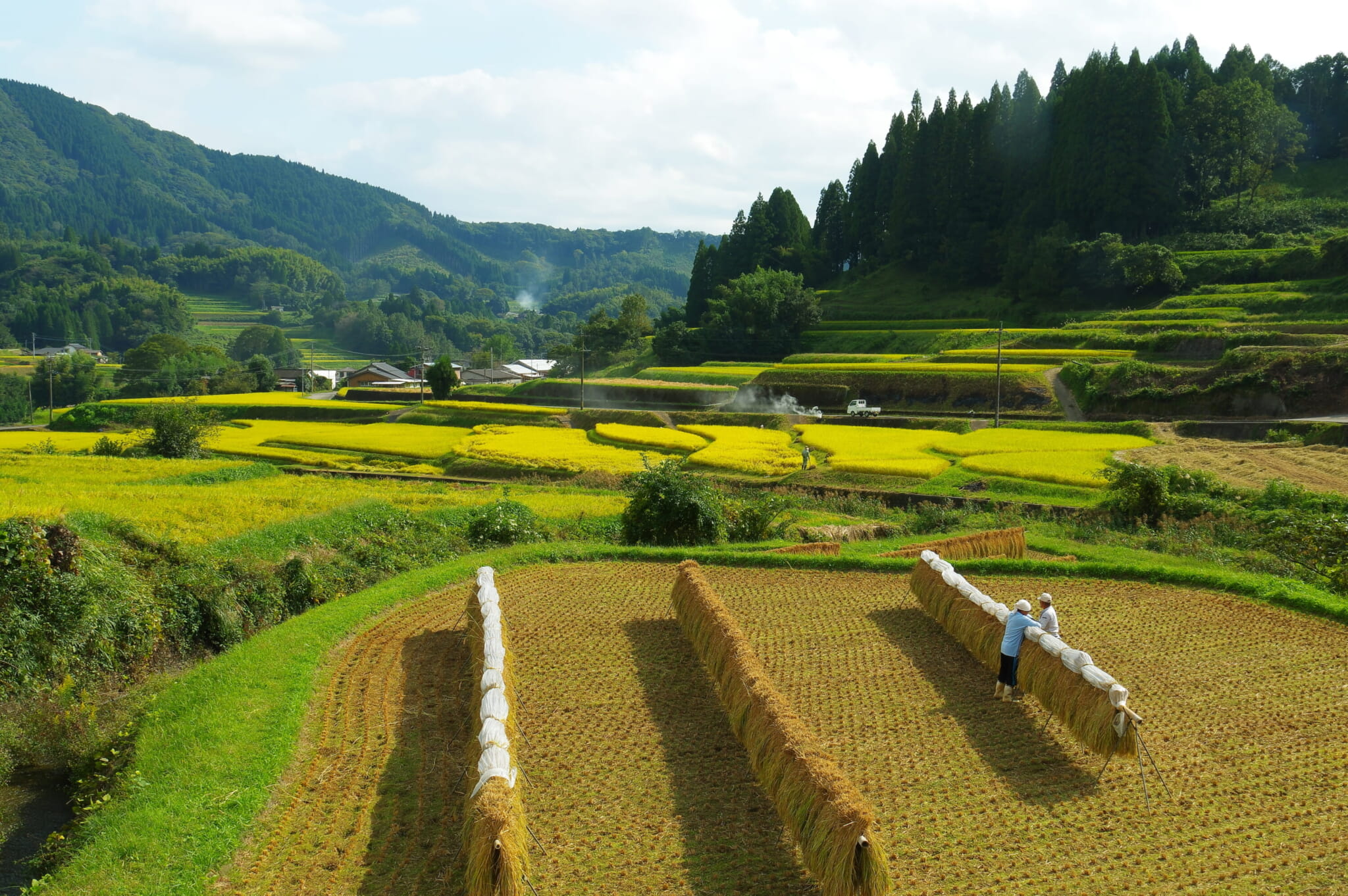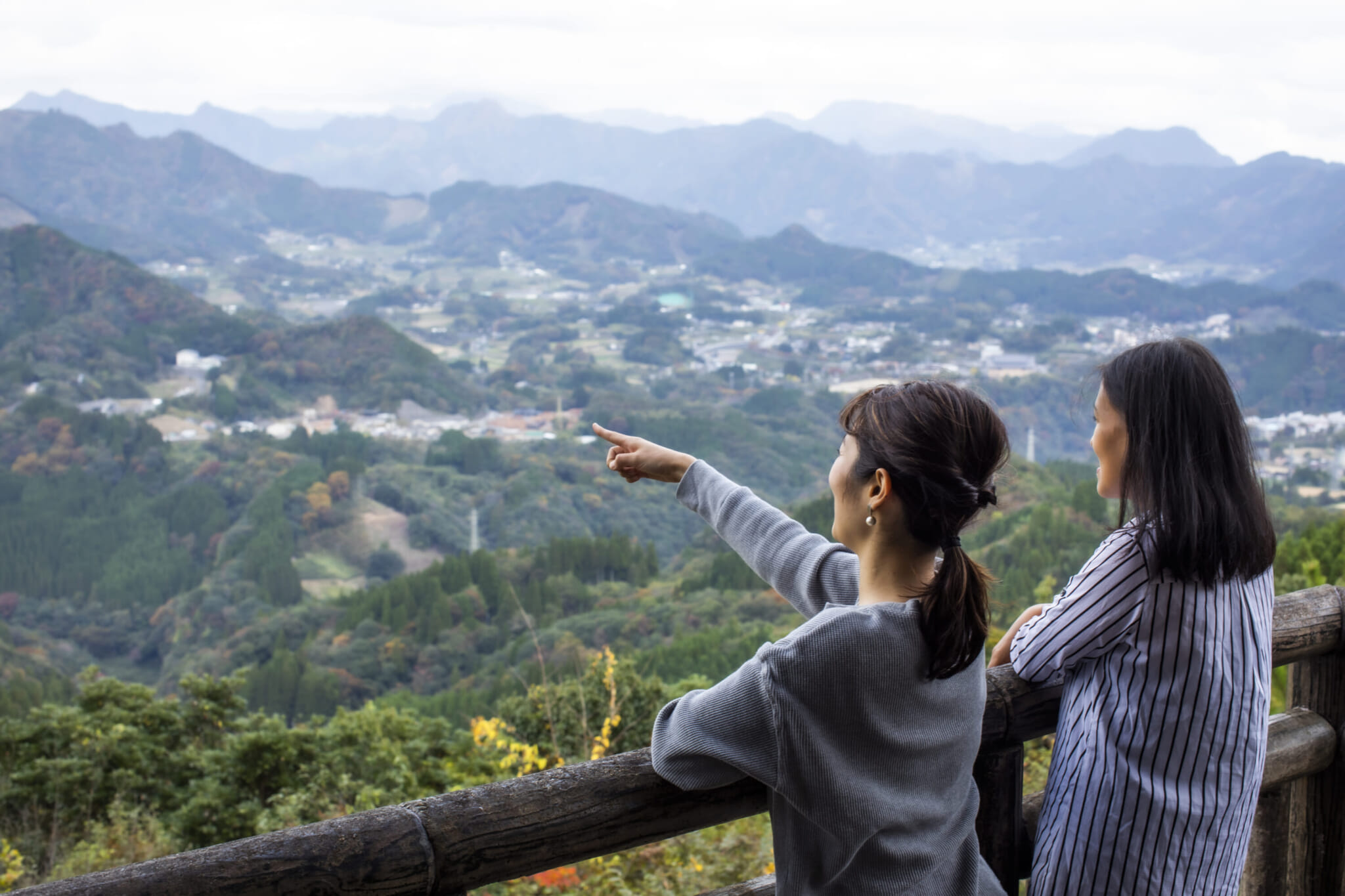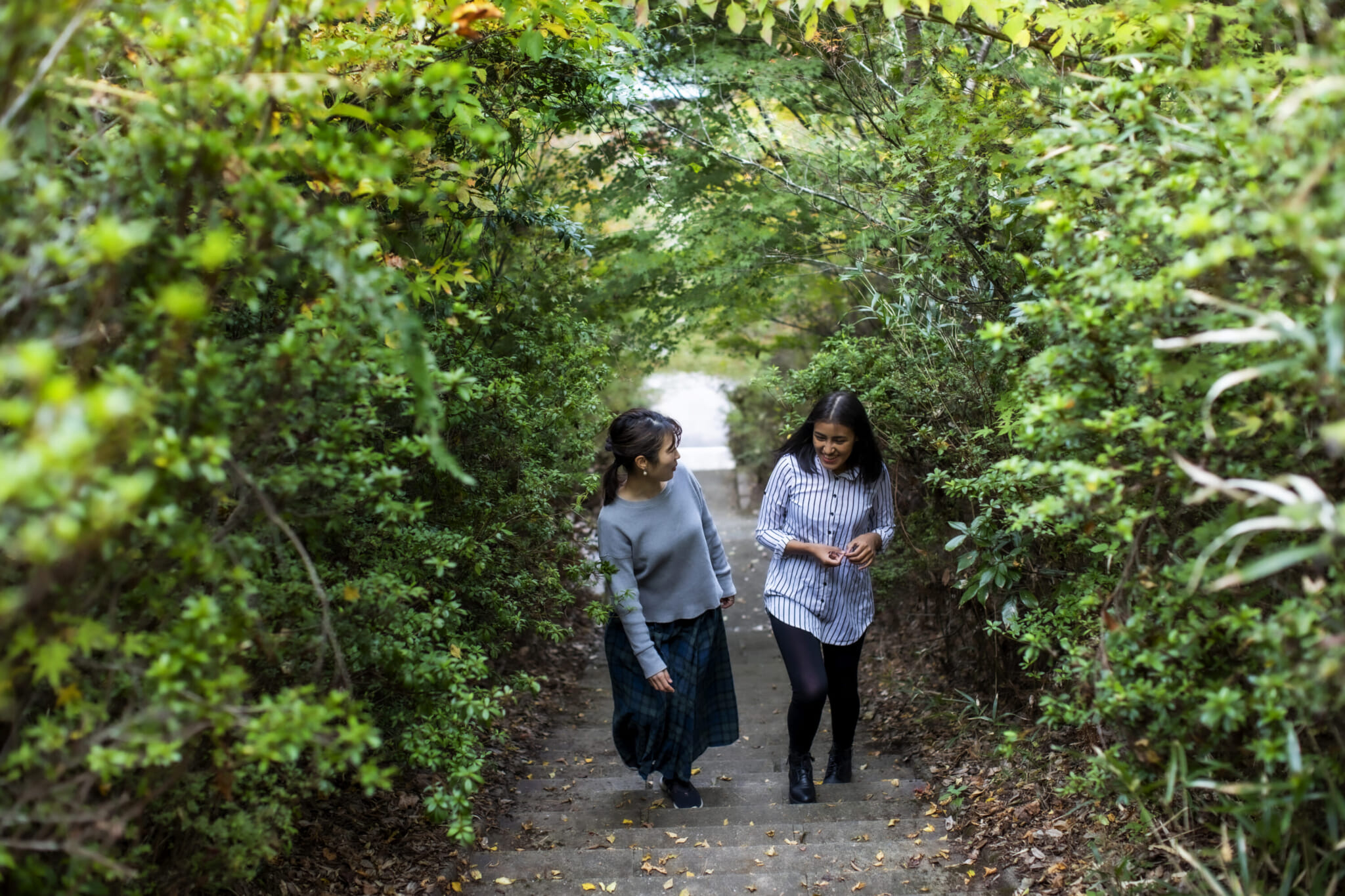Takachiho enthralls with its craggy volcanic gorge, often wrapped in a thick mist. It’s no wonder this northwestern corner of Miyazaki Prefecture is the center stage for some of Japan’s most significant folkloric myths, acting as a playground for the gods and a catalyst for Shintoism as a national religion. These spiritual origins are deeply entwined with local customs, even today.

Spiritual Connections
One of the most famous Shinto myths stars Amaterasu, the sun goddess. Upset with her brother Susanoo’s antics, she retreats into a cave and darkness falls upon the world. She is eventually lured out by the singing and dancing of the other gods and with her, the light returns. The cave, named Amano Iwato, is a real place located in the west sanctuary of Amanoiwato Shrine, a shrine dedicated to Amaterasu.
Though visitors cannot enter this cave — scheduled viewing is possible — they can instead visit Amano Yasukawara, which is where all the other gods gathered to discuss how to lure the goddess back out into the world. There are several places in Takachiho like this, where the borders of the mortal world blur into the spiritual realm.
Visit the Amano Yasukawara official website for more information.

Photo courtesy of GIAHS Takachihogo-Shiibayama Site Revitalization Committee
Nurtured Traditions
Knowing that the spirits dwell deep within Takachiho’s rolling hills and deep forests, the people here have worked in tandem with nature for generations, protecting its beauty while still creating a sustainable living for themselves. The rich lands give ample opportunities to harvest rice, tea, timber and shiitake mushrooms, and offer prime conditions for raising high-grade wagyu cattle.
Locals preserve the delicate ecosystem through a number of traditional methods. Field burning, as part of a cyclical farming method, allows fields to rest and regain nutrients before sowing new seeds. So-called mosaic forests give people a variety of uses for the woodlands where they can harvest shiitake mushrooms or gather wood, while maintaining the area’s biodiversity.
One of Takachiho’s most notable areas, however, is the Takachihogo-Shiibayama Site, a group of terraced rice fields spanning over 1,800 hectares, which are supported by a 500-kilometer-long hillside irrigation canal network. The area is one of over 70 international sites on the United Nations Food and Agriculture Organization (FAO) list indicating Globally Important Agricultural Heritage Systems (GIAHS) throughout the world. This recognition, together with Miyazaki Prefecture’s position as one Japan’s leading food producers, makes the region an obvious choice for the upcoming G7 Agriculture Ministers’ Meeting on April 22 and 23 this year.
Learn more Takachihogo-Shiibayama Site via their official website.
Explore the Other-worldly Beauty of Takachiho
To get the best of both worlds — the spiritual and the mortal — and to get to know Takachiho on a deeper level, book a visit with Hidden Gem Tours.
Zig Zag Village Walk
This roughly 8-kilometer-long journey winds through tranquil forests, past the famed GIAHS Takachihogo-Shiibayama Site terraced rice fields and its hillside irrigation canals, before wandering through cozy villages where traditions are still nurtured. Observe craftspeople as they work and meet locals on their home turf, in an area most visitors never reach. This half-day guided tour includes a homemade lunchbox, as well as locally sourced tea and sweets.
Zen Practice
Embark on a spiritual adventure at Amanoiwato Shrine’s east sanctuary, where sun goddess Amaterasu is said to have lived after leaving the cave. After an exploration of the grounds, guests will participate in a ceremony known as Tamagushi Ho-ten, where you can make a wish to the gods. This is followed by a Zen meditation session in an area of the shrine precinct that is normally closed off to visitors.
To learn about other tours, visit Hidden Gem Journeys online.











